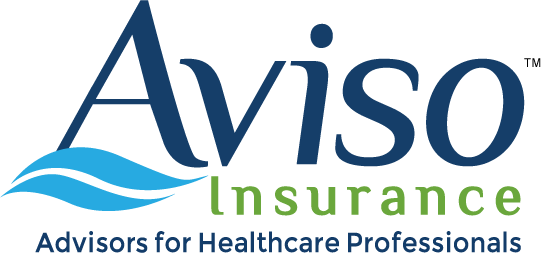In the realm of insurance, markets fluctuate between “soft” and “hard” phases, impacting premiums, coverage availability, and underwriting standards. This current “hard” insurance market typically denotes a period marked by higher premiums, reduced capacity, and stricter underwriting criteria. While this market presents opportunities for insurers to regain profitability, it can pose significant challenges for policyholders. In the specialty realm of medical professional liability insurance, exercising caution becomes paramount for both insurers and insured parties alike.
Dynamics of a “Hard” Insurance Market
Increased Premiums: One of the hallmark features of a “hard” market is the surge in insurance premiums across various lines of coverage. Insurers adjust premiums to offset losses incurred during the preceding “soft” market phase or due to external factors such as catastrophic events or adverse economic conditions.
Reduced Profitability: In good times, medical professionals are surprised to learn that profit margins for professional liability insurance companies are relatively low (averaging 7% or less). Insurance companies must weather hard markets when earnings can dip well into the negative. If too many insurance companies fail and become insolvent, then the entire insurance market falls into a crisis. Caution: This is not the time to switch to a less financially stable insurance company to save a few premium dollars.
Reduced Capacity: In a “hard” market, insurers may scale back their capacity, meaning they provide less coverage or limit the number of policies they underwrite. This reduction in capacity can lead to intensified competition among insurers for profitable business, resulting in stricter underwriting standards and potentially leaving certain risks uninsured or underinsured.
Stricter Underwriting Criteria: To mitigate risks and improve profitability, insurers tend to adopt more stringent underwriting criteria during a “hard” market. This may involve thorough risk assessments, increased scrutiny of policyholder data, and a greater emphasis on loss prevention measures.
Challenges Faced by Policyholders
Beware Lowball Premium Offers: An insurance company may offer a lower “buy-in” premium rate that may not be sustained over time. If your premium cost quickly increases, then the option to return to a standard insurer may no longer exist if your former coverage is not compatible. Caution: It is best to remain with a financially strong and experienced insurance company during a hard insurance market to avoid loss of coverage, less insurance options going forward, and higher premium costs over time.
Financial Strain: Higher insurance premiums can impose a significant financial burden on policyholders, particularly businesses and individuals with extensive insurance needs. The increased cost of coverage may compel policyholders to reassess their insurance portfolios, potentially sacrificing essential coverage to manage expenses.
Limited Coverage Options: Reduced capacity and stricter underwriting criteria may limit the availability of coverage, leaving policyholders with fewer options to adequately protect against risks. Certain industries or regions deemed high-risk may face challenges in securing affordable coverage during a “hard” market.
Risk Exposure: Policyholders may find themselves exposed to greater risk due to gaps in coverage or insufficient insurance limits. Inadequate protection against potential liabilities or property damage can have profound financial implications, especially in the event of unforeseen disasters or lawsuits.
Navigating Through the Challenges
Evaluate Risk Management Strategies: During a “hard” market, prioritizing risk management becomes indispensable. Caution: Policyholders should conduct thorough risk assessments to identify potential exposures and implement proactive measures to mitigate risks. This may involve investing in safety protocols, disaster preparedness plans, and alternative risk financing mechanisms.
Compare Insurance Policies: Considering escalating premiums and reduced coverage options, policyholders should review their insurance policies with a professionally licensed and independent insurance agent. The independent agent can assess your coverage needs, explore alternative insurance providers, and negotiate favorable terms where possible. Caution: If you are comparing insurance coverage and premium cost, then be certain that you are making an “apples to apples” comparison.
Seek Professional Guidance: Given the complexities of insurance markets, seeking guidance from experienced and independent insurance professionals can prove invaluable. Insurance brokers, risk managers, and legal advisors can offer insights into navigating the nuances of a “hard” market, helping policyholders make informed decisions tailored to their specific circumstances.
In Conclusion: Navigating a hard insurance market requires caution, strategic planning, and collaboration between insurers, policyholders, and risk management professionals. By understanding the dynamics of the market, implementing robust risk management strategies, and seeking professional guidance, businesses and individuals can effectively manage their insurance needs despite the challenging conditions. Ultimately, by staying proactive and adaptable, they can safeguard their assets and financial well-being in the face of uncertainty.
“At Aviso Insurance, we are proud to serve the many heroic professionals in our healthcare community.”
Aviso Insurance is an independent insurance agency that works for YOU, the medical professional. We have access to nearly all the medical malpractice insurance markets to serve you.
Dan Reale, Independent Agent/Owner – Telephone: (407) 808-6149
E-Mail: [email protected]

